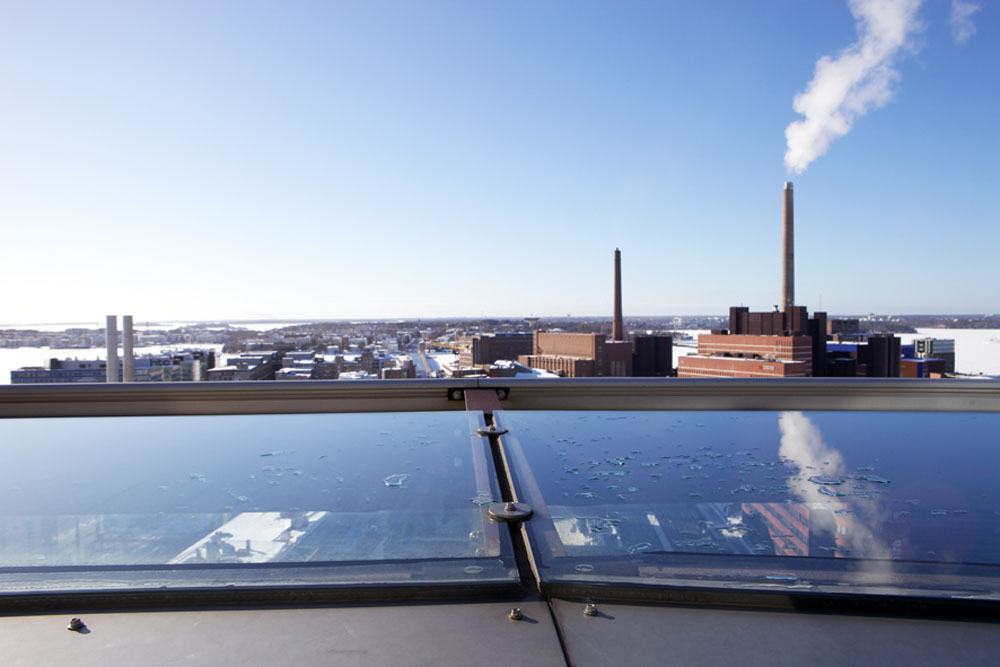The Circular Economy Package published by the European Commission on Wednesday 2 December 2015 includes important policies to boost employment, competitiveness and the sustainable use of natural resources. The new package applies a more versatile approach to the circular economy than the previous proposal, but more incentives are still needed. For example, clear indicators, tax incentives and financing mechanisms for investments would speed up the transfer to a circular economy.
The Circular Economy Package adopted on Wednesday aims to promote more efficient use of natural resources and energy, foster more sustainable economic growth and generate new jobs.
Mari Pantsar, a Director at Sitra, points out that the transfer to a circular economy is also necessary for climate change mitigation. She thinks that too little attention has been paid to this issue, and that so far, for example, it has hardly been discussed at the Paris Climate Conference: “This shows that there are political silos, even though it is clear that climate change cannot be tackled without the intelligent use of resources.”
According to Pantsar, the Circular Economy Package presented by the Commission meets the expectations placed on it.
“The package provides a clear and welcome common vision for boosting the EU’s competitiveness with the help of resource efficiency. In addition to a common vision, concrete incentives and obligations are needed rapidly to guide business innovation, consumer behaviour and public procurement. We will still have to wait for these.”
The EU’s Circular Economy Package aims to set stricter targets for the use of natural resources and establish new requirements for products relating to their material efficiency, sustainability and reparability. Sitra has already previously estimated that the annual economic benefits of the circular economy for Finland would amount to at least 2 to 3 billion euros by 2030.
Jyrki Katainen presented the new package at an event organised by Sitra in Helsinki
Sitra organised an event for invited guests at Finlandia Hall in Helsinki on Friday 4 December 2015, at which European Commission Vice-President Jyrki Katainen presented the EU’s new Circular Economy Package. Presentations were also given by Kimmo Tiilikainen, Minister of Agriculture and the Environment, and Heidi Hautala, Member of the European Parliament.
Below you’ll find Vice-President Katainen’s fresh comments on package.
Upon the publication of the package Vice-President Katainen said he believed that the transfer to a circular economy would increase the EU’s competitiveness by improving resource efficiency and reducing dependency on scarce raw materials. The circular economy also has huge potential to create new jobs.
Minister Kimmo Tiilikainen commented that the Circular Economy Package adopted by the Commission would provide opportunities for Finnish enterprises. “Finland wishes to lead the way to the circular economy. The Commission’s package provides the Finnish Government’s key project on the circular economy with strong European support. The package will open new markets for clean solutions developed by Finnish companies. With respect to future action, we must ensure that the use of advanced renewable transport fuels, in particular, will be promoted,” said Tiilikainen.
The programme of the event can be found here.
The circular economy is one of Sitra’s current key topics. Sitra will organise a total of three stakeholder events on the EU’s Circular Economy Package together with the European Policy Centre in Brussels over the winter. The first event will be held on 8 December 2015. The keynote speaker will be Karmenu Vella, the European Commissioner for the Environment.



